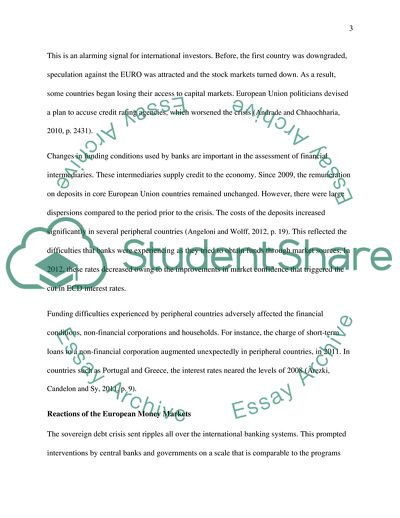Cite this document
(The European sovereign debt crisis Assignment Example | Topics and Well Written Essays - 2000 words - 1, n.d.)
The European sovereign debt crisis Assignment Example | Topics and Well Written Essays - 2000 words - 1. https://studentshare.org/finance-accounting/1803968-the-european-sovereign-debt-crisis
The European sovereign debt crisis Assignment Example | Topics and Well Written Essays - 2000 words - 1. https://studentshare.org/finance-accounting/1803968-the-european-sovereign-debt-crisis
(The European Sovereign Debt Crisis Assignment Example | Topics and Well Written Essays - 2000 Words - 1)
The European Sovereign Debt Crisis Assignment Example | Topics and Well Written Essays - 2000 Words - 1. https://studentshare.org/finance-accounting/1803968-the-european-sovereign-debt-crisis.
The European Sovereign Debt Crisis Assignment Example | Topics and Well Written Essays - 2000 Words - 1. https://studentshare.org/finance-accounting/1803968-the-european-sovereign-debt-crisis.
“The European Sovereign Debt Crisis Assignment Example | Topics and Well Written Essays - 2000 Words - 1”. https://studentshare.org/finance-accounting/1803968-the-european-sovereign-debt-crisis.


